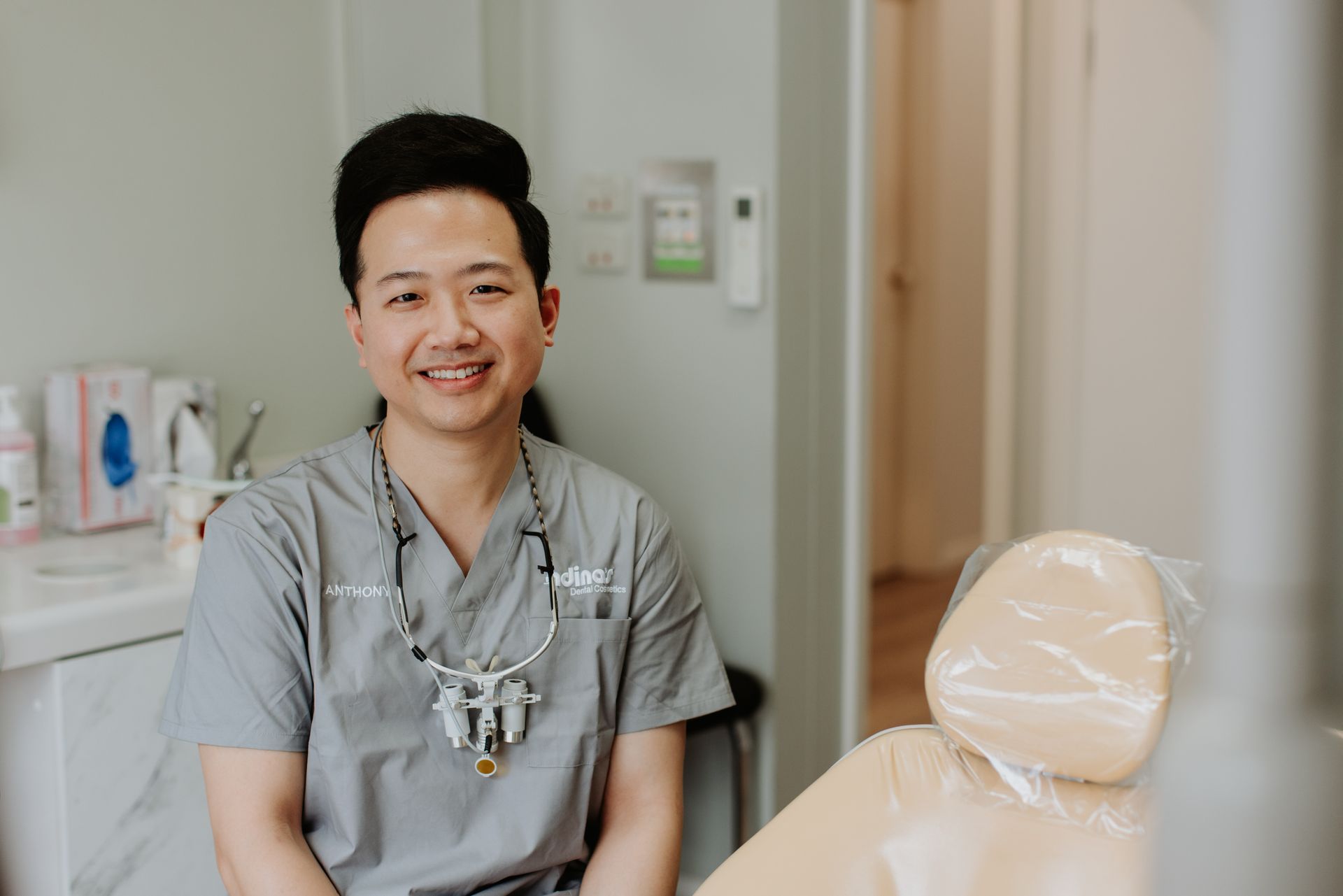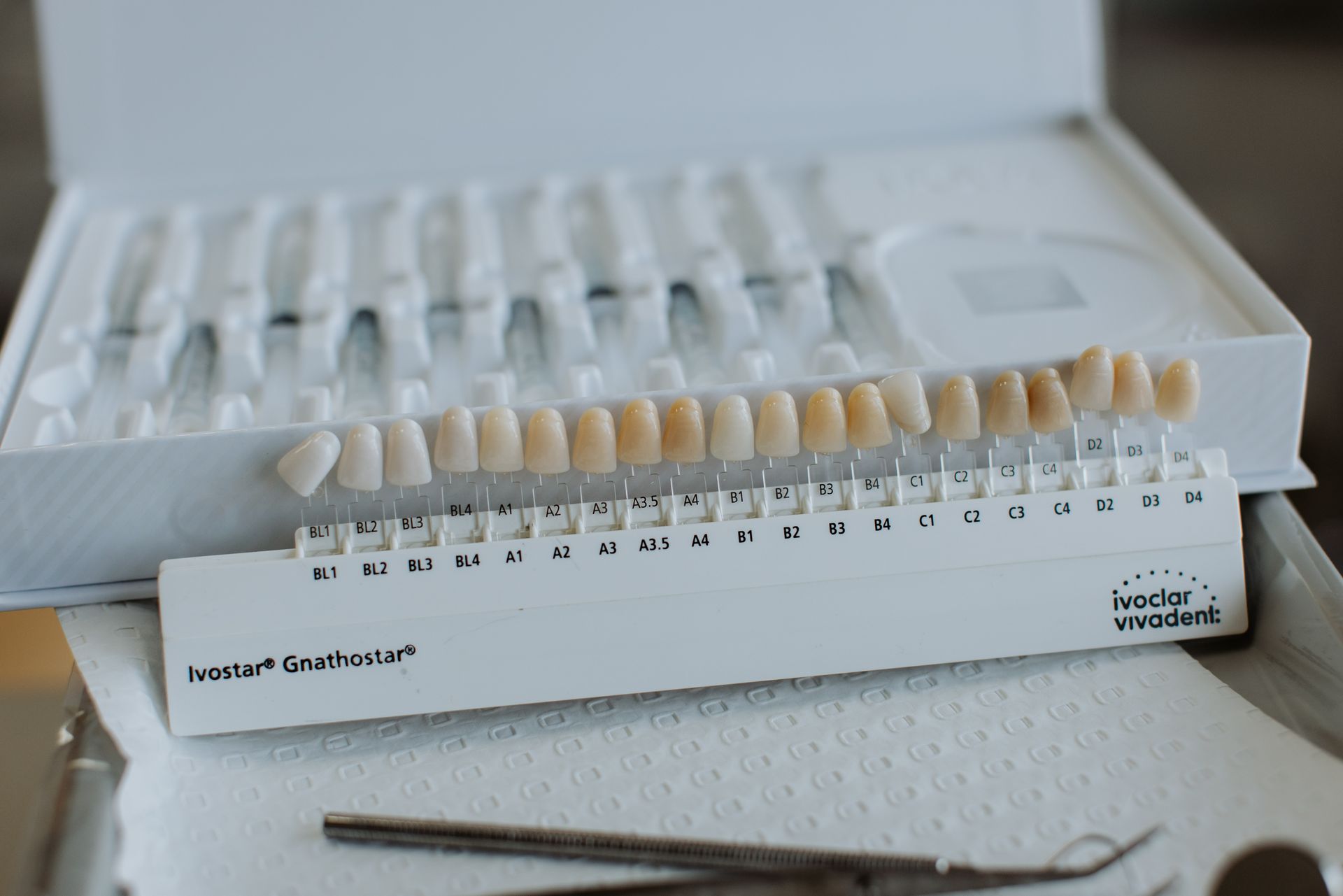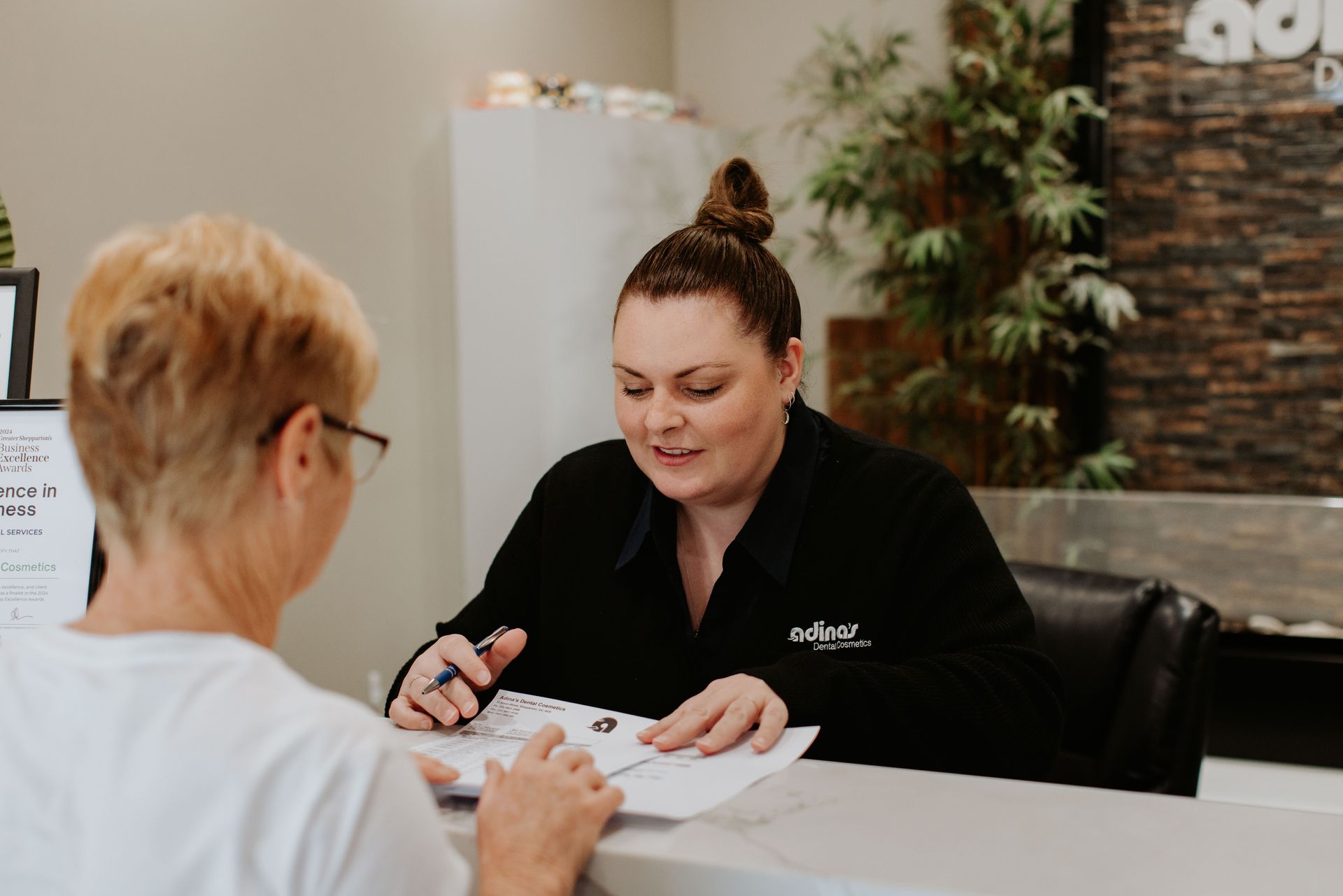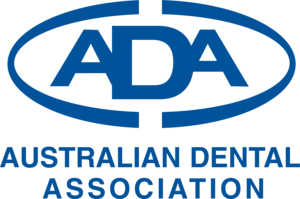The World looks Brighter from Behind a Smile.
Welcome to Adina’s Dental Cosmetics, a general and cosmetic dental clinic committed to providing you with an enjoyable, relaxing experience in every part of your journey towards reaching your dental goals.
WE ARE PREFERRED PROVIDERS
FOR BUPA, HCF AND CBHS AND ACCEPT ALL MAJOR HEALTH FUNDS
At Adina’s, we fully embrace the ideal of prevention is better than the cure. To this end, we are committed to guiding you though preventing problems from arising as well as resolving immediate concerns. We hope that everyone who steps through our doors leaves with a smile on their face and a better understanding of their oral health.
Every member of Adina's from the dental teams, to our reception staff, believes in providing the most seamless experience in crafting the perfect smile. Whether you are seeking a solution to an urgent problem, looking for routine maintenance, or anything in between, Adina’s will be there to help.
OUR MISSION AT ADINA'S DENTAL COSMETICS
Our Vision
Going Above and Beyond to help patients achieve their True Potential through Comprehensive and Innovative dentistry.
Our Mission
Growing the Adina’s Brand through continuous Professional Development and Dental Excellence.
Our Treatment Philosophy
Personalised and Structured treatments, alongside patient education to Enhance Oral Health Maintenance and Minimise Further Interventions.
OUR SERVICES
GENERAL DENTISTRY
COSMETIC DENTISTRY
CHILDREN'S DENTISTRY
EMERGENCY DENTISTRY
MEET OUR TEAM
At Adina's Dental Cosmetics, we have a team of expert dentists with over 30 years of combined experience.










